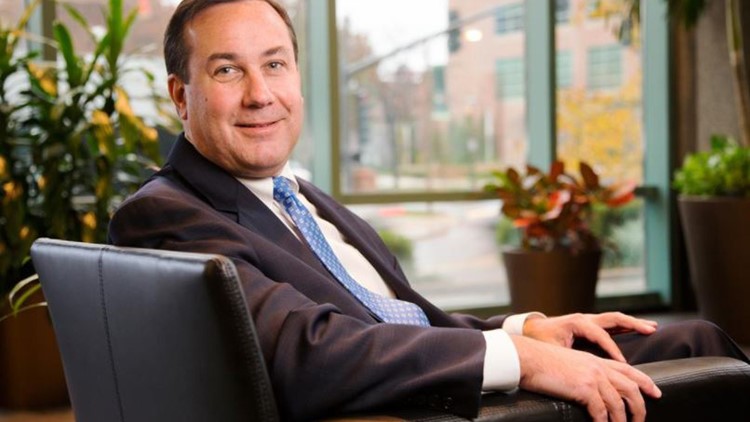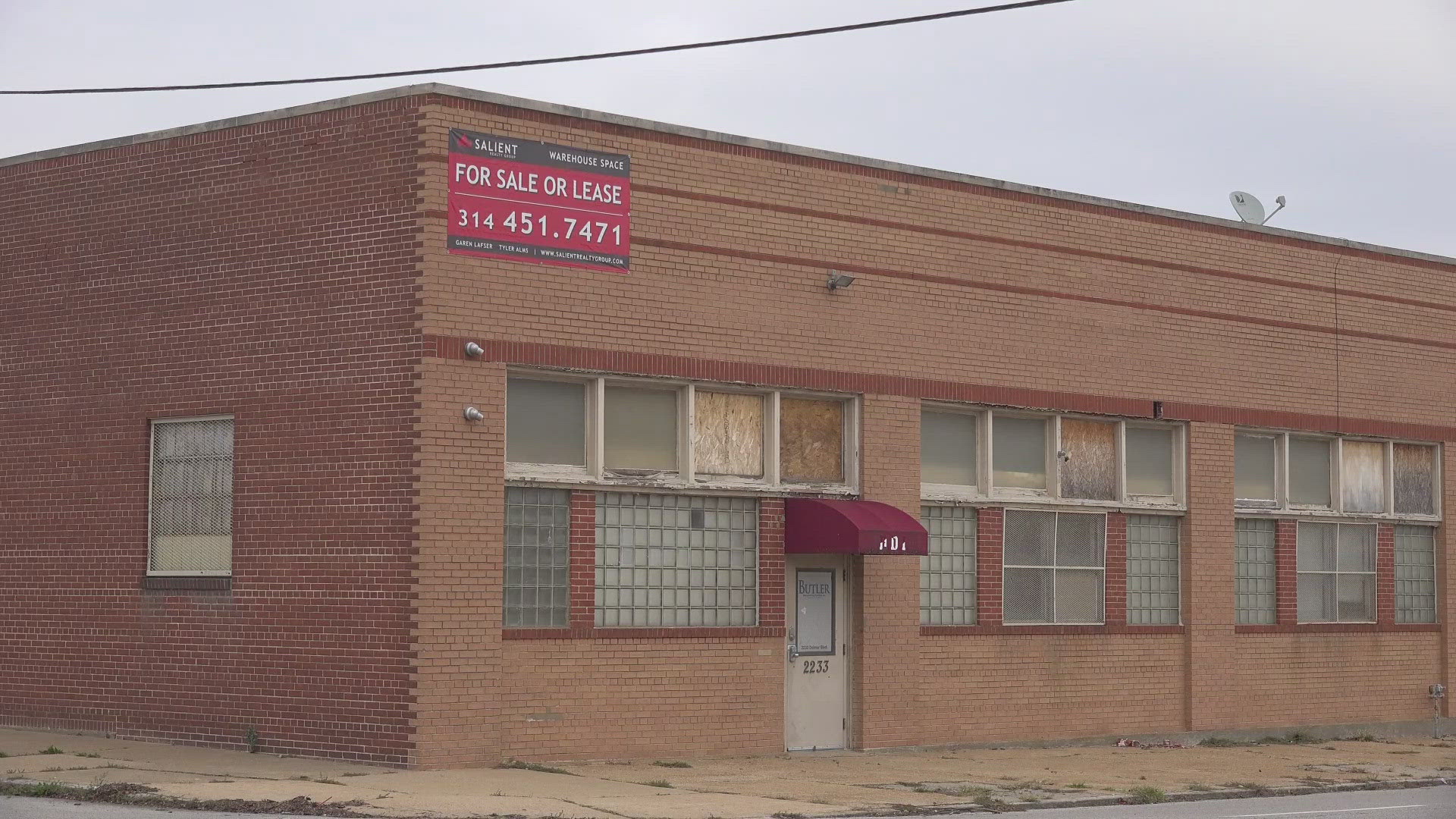ST. LOUIS — The transition from a bank lending rate commonly known as LIBOR is set for the end of 2021. There are an estimated $1.8 trillion worth of business loans with floating rates based on LIBOR and $1.2 trillion in consumer adjustable-rate mortgages based on or otherwise tied to it.
Jim Wagner, CEO of Parkside Financial Bank & Trust, explained what's going on and what it means for banks, businesses and other borrowers.
What is LIBOR? LIBOR technically means the London Interbank Overnight Rate, the rate at which banks lend each other their excess funds every day on an unsecured basis. United States LIBOR is the same thing — the rate at which large U.S. banks lend each other money overnight on an unsecured basis. The rate is set each day by surveying these large banks, and they disclose what they had to pay to get another bank to lend a one-day loan to them. The extremes, the outliers, are discarded, and the remaining rates are averaged. That average is what sets LIBOR for that day.
Think of you and four other friends lending each other money overnight. You then survey each other to see what you each had to pay, then kick out the high and low, and average the remaining three and you get the daily “friends” rate. The theory being that’s the best estimate of what the one-day rate should be among trusted institutions or this example, trusted friends.
Why is it changing? Banks don’t lend to each other the same way we used to. Banks have been allowed to submit an estimate of what they think they would’ve paid if they borrowed. The reason the authorities wanted a change is because there were some shenanigans taking place. During stressful times, some banks didn’t want to disclose that other banks were charging them a lot more for an overnight loan, so they would report a lower rate based on what they “thought” LIBOR should be. That way they didn’t look weak. Also, there were times when some of the reporting banks supposedly manipulated the rate to create more profits.
How will the rate be determined after the transition? The shift taking place is to SOFR — Secured Overnight Refinancing Rate — which is what banks and tons of other financial institutions charge each other for risk-free overnight secured loans. There are thousands more of these types of Treasury-secured overnight transactions that take place each day compared with true LIBOR interbank borrowings, so there is much more data to examine. In addition, these rates are more consistent since one-day or overnight loans are secured by U.S. Treasuries, which means the loans have no risk. There’s no reason to make up the rates since everyone will basically be paying the same one-day rate.
Click here for the full story.



